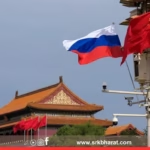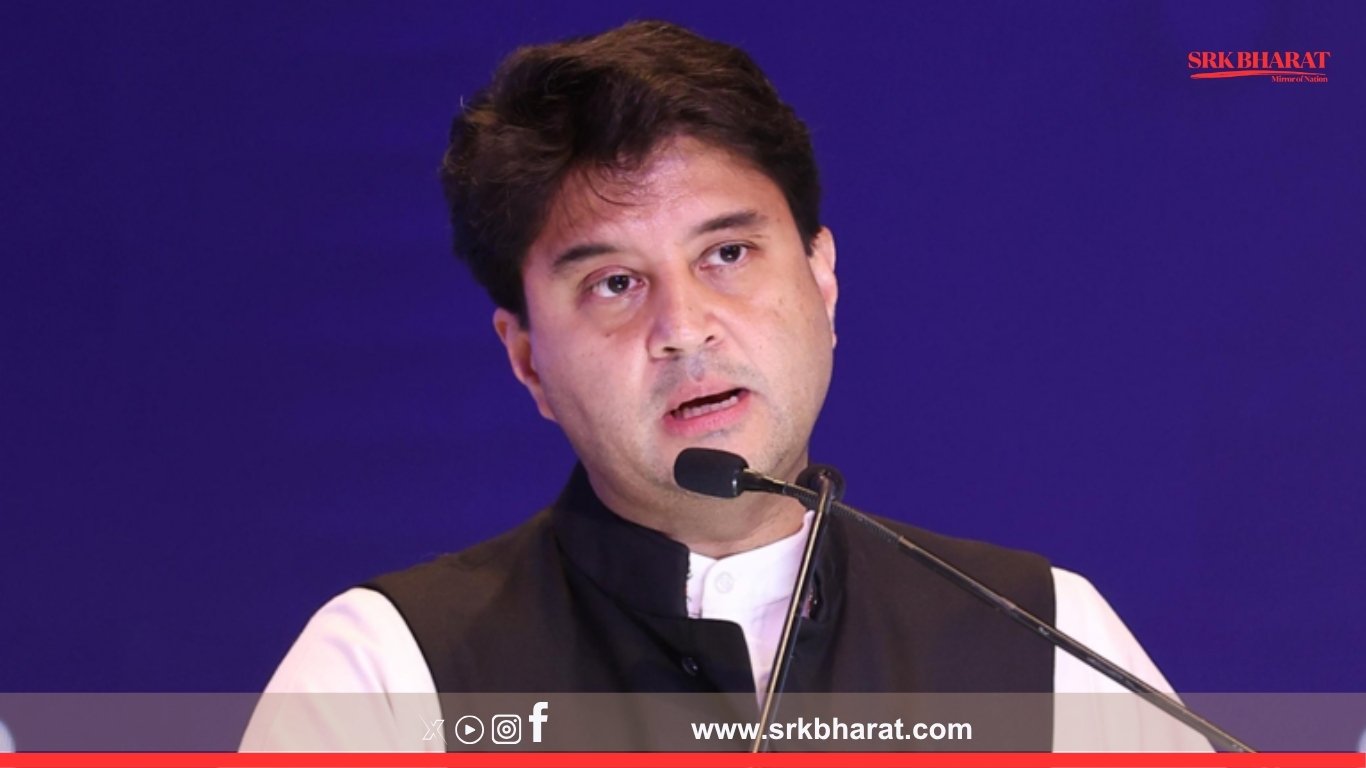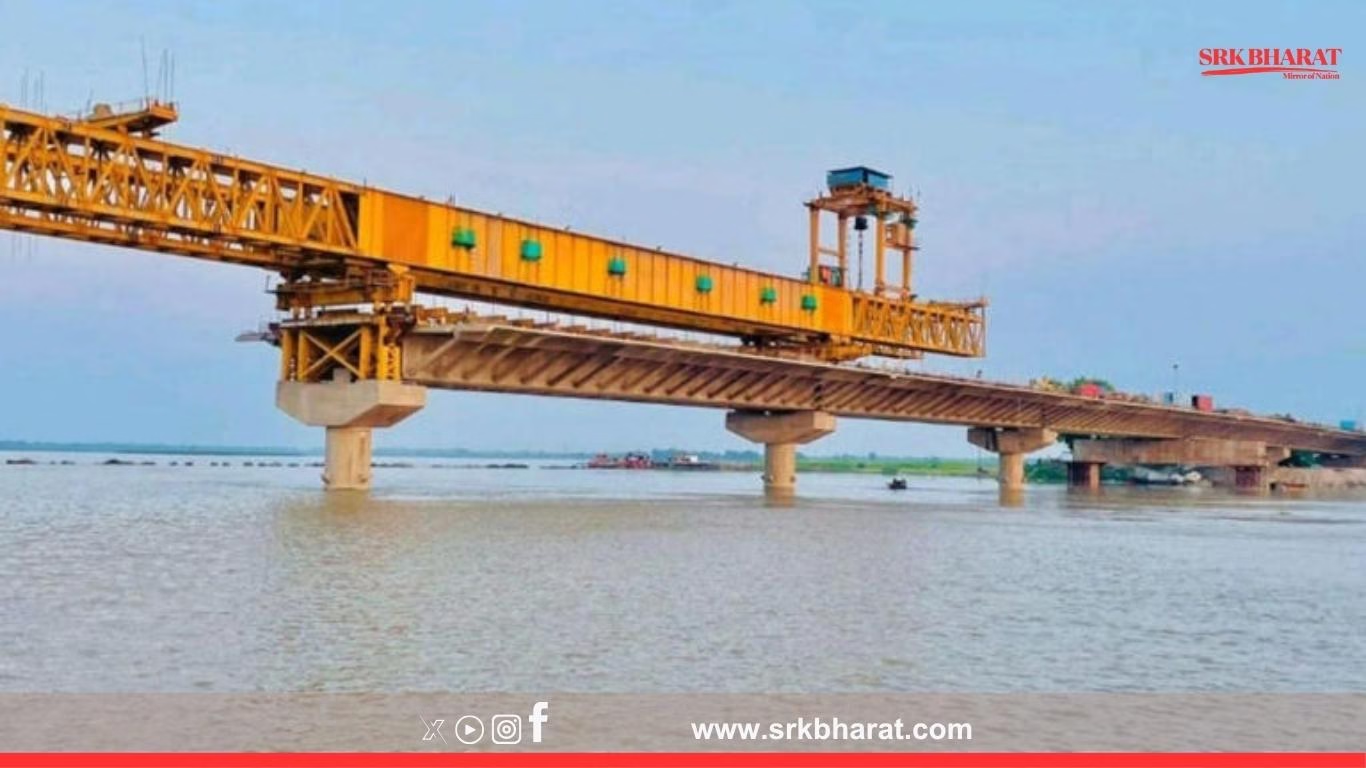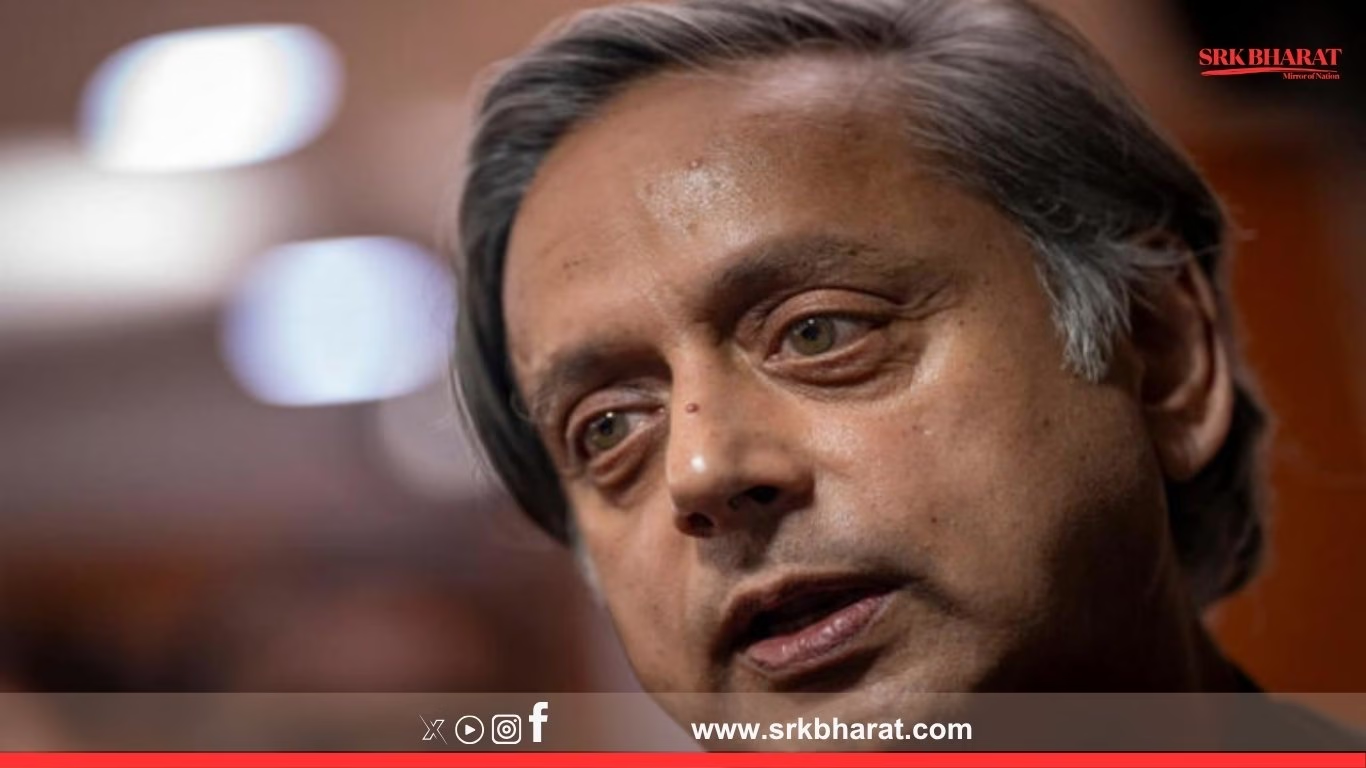In a strategic move to maximise underutilised government infrastructure, Union Communications Minister Jyotiraditya Scindia has proposed that India Post could lease out surplus space in its buildings to generate additional revenue. The announcement came during his address to senior postal department officials and stakeholders in New Delhi on Monday, where he emphasised the need for efficient asset utilisation across departments.
The context behind Scindia’s statement
Highlighting the vast footprint of the Department of Posts, Scindia said:
“India Post has an enormous asset base – buildings, land, offices – across urban and rural India. We must sweat our assets, use them more productively, and look at models like leasing out surplus space for commercial or service delivery use.”
His statement is aligned with the government’s broader strategy to improve non-tax revenues through asset monetisation without privatisation.
India Post: A giant with underutilised real estate
India Post is one of the world’s largest postal networks with over 1.5 lakh post offices, nearly 90% of them in rural areas. While rural post offices are crucial for financial inclusion and last-mile delivery, several urban post offices occupy prime real estate that remains underutilised due to digitisation and declining traditional mail volumes.
| India Post Key Data | Details |
|---|---|
| Total Post Offices | 1,56,434 |
| Rural Post Offices | ~1,41,000 |
| Urban Post Offices | ~15,000 |
| Savings Bank Accounts | 35 crore+ |
| Annual Revenue (2022-23) | ₹14,500 crore |
| Annual Expenditure (2022-23) | ₹33,000 crore |
| Annual Deficit | ₹18,500 crore |
What does ‘sweating assets’ mean?
Sweating assets refers to optimising utilisation and income potential of existing properties without selling them. For India Post, this could involve:
- Leasing out surplus space in city post offices to banks, startups, retail chains, or government departments
- Creating logistics hubs or warehouses in postal land parcels for ecommerce players
- Converting large heritage post offices into heritage cafes, museums, or co-working spaces, preserving their identity while earning rental income
- Offering rooftop leasing for mobile towers or solar panels, generating annuity-based revenue
Government’s broader asset monetisation push
Scindia’s comments are in line with the National Monetisation Pipeline (NMP) launched in 2021 to raise ₹6 lakh crore by monetising assets in roads, railways, telecom, and other sectors. The goal is to use these funds for new infrastructure without selling ownership.
Under NMP, India Post has been identified as having potential to monetise:
- Post office buildings in metro and tier-1 cities
- Land parcels adjacent to postal depots
- Vacant postal staff quarters or inspection bungalows
Why is this needed now?
India Post has been facing:
- Declining mail volumes due to digital communication
- Rising operational costs due to pension liabilities and salary bills
- Limited profitability despite diversification into banking, insurance, and ecommerce logistics through India Post Payments Bank (IPPB) and parcel services
Officials believe that leasing surplus assets could bridge the annual deficit and fund modernisation without burdening taxpayers.
Stakeholder responses
Postal Employees Union welcomed the idea with caution:
“Revenue augmentation is important but leasing must not lead to staff displacement or compromise postal services for citizens.”
Retail industry experts noted that India Post buildings in prime markets offer attractive low-cost entry points for small businesses, banking correspondents, fintech kiosks, and rural ecommerce hubs.
International models of postal monetisation
Many postal agencies worldwide have adopted similar strategies:
| Country | Asset Monetisation Strategy |
|---|---|
| Japan Post | Real estate subsidiary manages and leases out post office assets, earning $2 bn annually |
| Royal Mail (UK) | Sold or leased redundant sorting offices for urban housing projects |
| Australia Post | Commercial leasing of surplus urban post office space to banks and retail |
| Canada Post | Developed co-working spaces within underutilised urban postal properties |
Challenges for India Post’s leasing plan
- Legal complexities over land ownership between Centre and state governments
- Ensuring heritage conservation guidelines for colonial-era post offices
- Avoiding public opposition or litigation if prime land is leased below market rates
- Maintaining security protocols as many postal buildings house savings bank data and Aadhaar services
Future roadmap
Scindia directed the Department of Posts to:
- Map all surplus spaces across urban and semi-urban post offices within three months
- Develop a clear leasing policy, ensuring transparency and competitive bidding
- Integrate India Post’s leasing model with Gati Shakti Masterplan for logistics hubs and infrastructure connectivity
- Coordinate with private sector players to gauge demand for leased postal spaces
Implications for citizens and businesses
For citizens:
- Potential for improved facilities within post office premises, like bank counters, utility bill centres, or small retail outlets.
- Easier access to services in rural and semi-urban areas without constructing new buildings.
For businesses:
- Opportunity to establish kiosks, banking correspondents, ecommerce drop-off/pickup points in ready infrastructure with lower capital investment.
Analysts speak
Sandeep Bhatia, public asset monetisation advisor, said:
“India Post’s real estate is a gold mine if monetised correctly. Leasing rather than selling ensures long-term revenue streams without asset dilution.”
Dr Anjali Verma, public finance professor at IIPA, warned:
“Asset sweating should complement, not substitute, postal service improvement. Leasing revenue should partly fund digital and service modernisation.”
Conclusion
Minister Scindia’s bold proposal is a reflection of the government’s pragmatic approach to convert traditional public sector infrastructure into viable revenue streams. If executed efficiently with strong governance safeguards, India Post’s asset monetisation could emerge as a template for other departments to enhance non-tax revenues without compromising service delivery or public interest.
Disclaimer: This news article is for informational purposes based on public statements by Union Minister Jyotiraditya Scindia and departmental data. Final policies on leasing and monetisation will depend on cabinet approvals, stakeholder consultations, and legal clearances by respective authorities.











